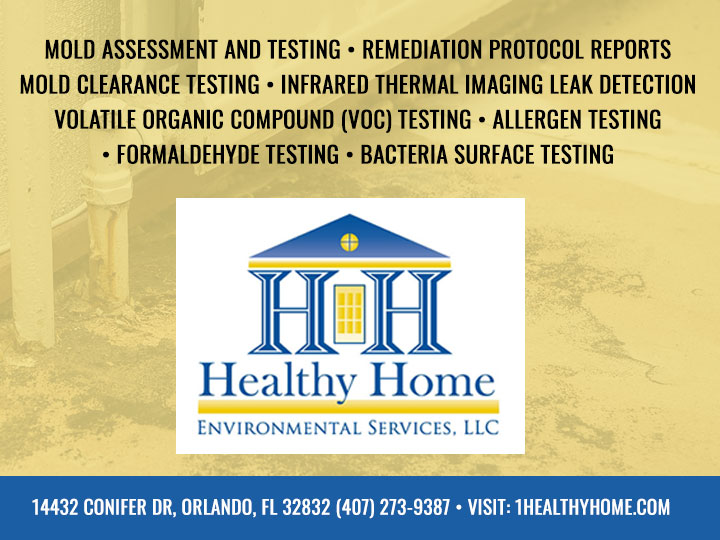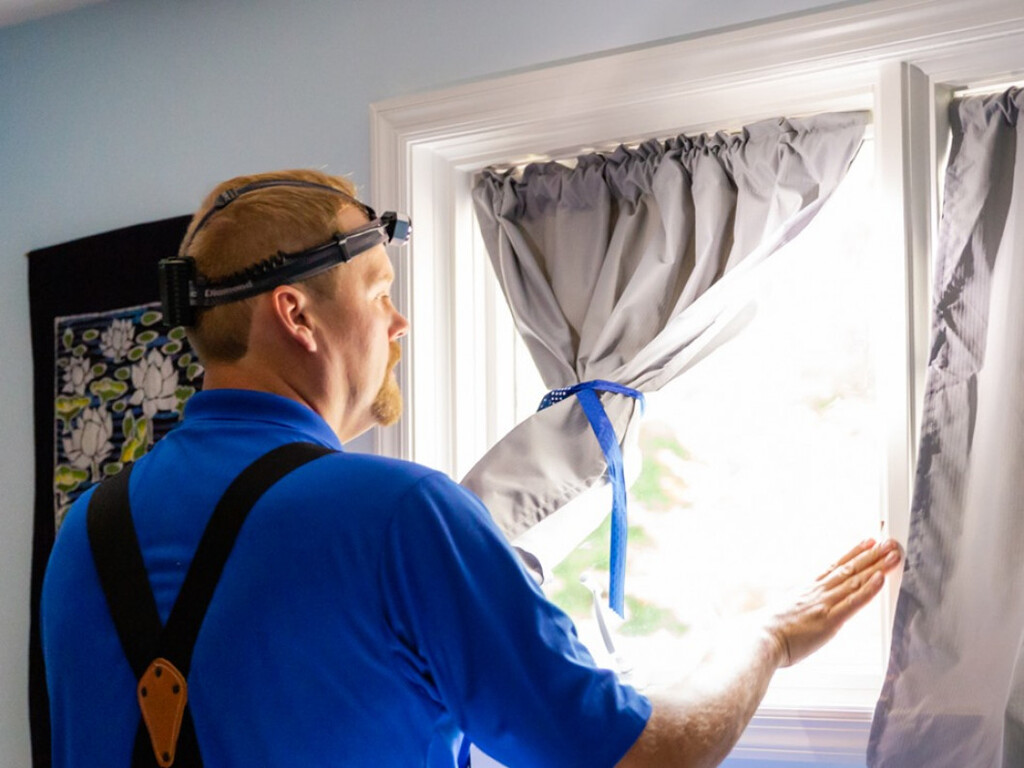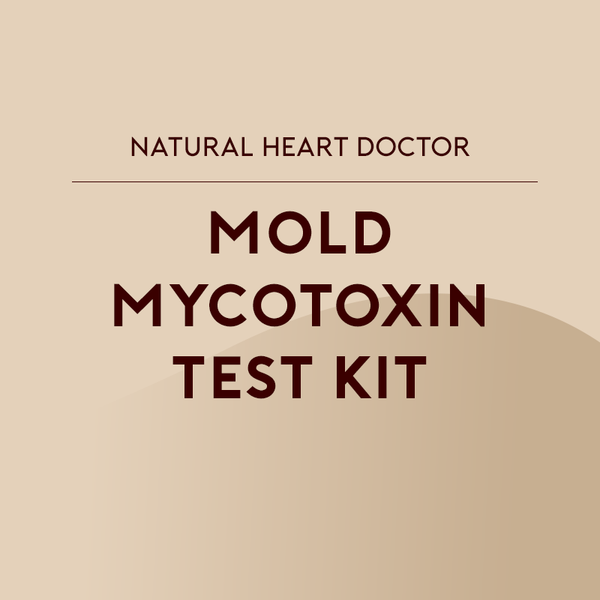Mycotoxin testing Services: Making certain Quality and Safety And Security in Your Supply Chain
Mycotoxin testing Services: Making certain Quality and Safety And Security in Your Supply Chain
Blog Article
How Mycotoxin Screening Aids Avoid Contamination and Secure Food Materials

Mycotoxin testing is an essential method in the food sector, offering as a frontline defense against contamination by dangerous contaminants generated by molds. Via the application of advanced techniques like High-Performance Liquid Chromatography (HPLC) and Fluid Chromatography-Mass Spectrometry (LC-MS), food producers can properly identify and measure mycotoxin degrees in farming items.
Recognizing Mycotoxins
Comprehending mycotoxins starts with acknowledging that they are hazardous second metabolites created by specific mold and mildews, which can infect agricultural products. These metabolites are not important for the growth or recreation of the fungi but can have extreme implications for human and animal health. Mycotoxins are typically found in staple crops such as corn, wheat, barley, and nuts, where they can multiply under certain problems of moisture and temperature.
There are several sorts of mycotoxins, each created by various fungal types. Aflatoxins, created by Aspergillus varieties, are among the most infamous, recognized for their cancer causing residential or commercial properties. Another considerable group consists of ochratoxins, generated by Aspergillus and Penicillium varieties, which have nephrotoxic results. Fusarium varieties create fumonisins and trichothecenes, both of which are related to numerous severe and chronic health concerns.

Threats of Mycotoxin Contamination
The dangers of mycotoxin contamination are multifaceted, positioning substantial dangers to both food security and public wellness. Mycotoxins, toxic compounds created by specific kinds of fungis, can contaminate a vast array of agricultural items consisting of cereals, nuts, seasonings, dried fruits, and coffee. Once these toxic substances penetrate the food supply, they can cause severe wellness issues such as liver damage, kidney failure, and even cancer cells. Prone populations, including youngsters, the senior, and immunocompromised people, are especially at danger.
Financial effects are an additional significant concern. Contaminated plants can result in considerable financial losses for farmers and food manufacturers because of reduced yields and the requirement for pricey purification actions. International trade can be dramatically prevented as nations apply strict mycotoxin regulations to shield their populations, leading to rejected deliveries and stretched profession connections.
Ecological variables such as climate change intensify the threat of mycotoxin contamination. Variations in temperature and moisture can develop positive conditions for fungal development, enhancing the possibility of contamination occasions. Therefore, understanding and reducing these risks are essential for guaranteeing the safety and integrity of international food materials.
Approaches of Mycotoxin Evaluating
Precisely identifying mycotoxin contamination in agricultural items is necessary for safeguarding public wellness and maintaining food security criteria. Different approaches are employed to detect and quantify mycotoxins, each offering specific benefits and limitations.
High-Performance Fluid Chromatography (HPLC) is a commonly visit their website made use of approach because of its high sensitivity and precision. It entails separating mycotoxins from various other compounds in a sample, enabling precise metrology. Liquid Chromatography-Mass Spectrometry (LC-MS) integrates fluid chromatography with mass spectrometry to offer in-depth molecular information, making it particularly valuable for recognizing multiple mycotoxins all at once.

Gas Chromatography-Mass Spectrometry (GC-MS) and Thin-Layer Chromatography (TENDER LOVING CARE) are also employed, each with special applications. GC-MS works for unstable mycotoxins, while TLC uses a less complex, economical alternative for initial screening.
Benefits of Normal Checking
Routine screening for mycotoxins in agricultural products uses countless benefits, significantly adding to public health and food safety and security. By determining contamination early, normal screening aids avoid the circulation of hazardous foods, thus reducing the risk of mycotoxin-related diseases amongst consumers. This aggressive Homepage strategy not just safeguards human wellness yet likewise improves the total quality of food supplies.
Constant testing additionally supports regulatory conformity. Different nations and areas have developed stringent limitations for mycotoxin degrees in food and feed. Complying with these restrictions through normal screening guarantees that distributors and manufacturers satisfy legal standards, thus staying clear of fines and trade barriers. Maintaining conformity promotes consumer trust fund and brand online reputation, which are important for market success.
Furthermore, normal mycotoxin screening can bring about substantial financial advantages. browse this site Early detection of contamination permits for timely treatment, decreasing potential losses from widespread contamination. Implementing normal screening procedures can additionally decrease recall prices and related obligations, which can be monetarily ravaging.
Additionally, routine screening gives valuable data that can educate better agricultural practices and storage problems. By comprehending patterns of contamination, producers can embrace safety nets, therefore minimizing future threats and contributing to the sustainability of the food supply chain.
Implementing Examining Protocols
Carrying out reliable mycotoxin testing procedures is essential for ensuring the safety and security and high quality of farming products. Each phase needs to be scrutinized to pinpoint where mycotoxin contamination is most likely to occur.
When essential control factors are determined, selecting proper testing techniques is essential. Typical methods include enzyme-linked immunosorbent assay (ELISA), high-performance fluid chromatography (HPLC), and mass spectrometry (MS) Each technique has its weaknesses and strengths; therefore, picking the appropriate one depends on the particular mycotoxin being evaluated, the needed sensitivity, and readily available sources.

Finally, integrating the screening protocols right into a thorough food safety and security monitoring system is suggested. This improves traceability and makes it possible for quick restorative activities when contamination is spotted, therefore protecting the honesty of the food supply chain.
Conclusion
Mycotoxin testing is important in preventing contamination and guarding food supplies by making it possible for early discovery of damaging toxins generated by mold and mildews in agricultural products. Advanced methods such as HPLC and LC-MS guarantee compliance with safety and security guidelines and safeguard consumers from wellness threats. Routine screening boosts brand name reputation, financial security, and trust fund in food security by decreasing contamination-related losses and maintaining high standards in food manufacturing. Implementing rigorous testing methods is hence essential for the market's overall well-being.
Mycotoxin testing is a vital practice in the food industry, serving as a frontline protection against contamination by damaging toxins generated by molds. An integrated approach involving farming practices, storage space administration, and regular testing can mitigate the threats connected with mycotoxin contamination, making sure food safety and public health.
The threats of mycotoxin contamination are complex, posing considerable risks to both food safety and security and public wellness.Normal testing for mycotoxins in farming items supplies numerous benefits, considerably contributing to public wellness and food security.Mycotoxin testing is vital in avoiding contamination and protecting food materials by making it possible for very early detection of damaging toxic substances generated by mold and mildews in agricultural items.
Report this page